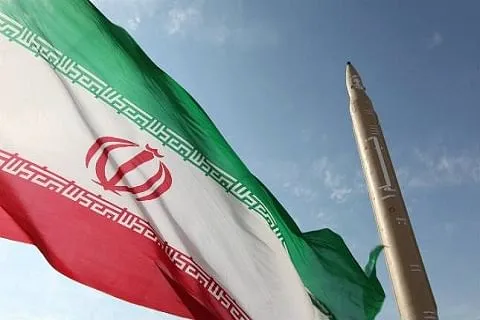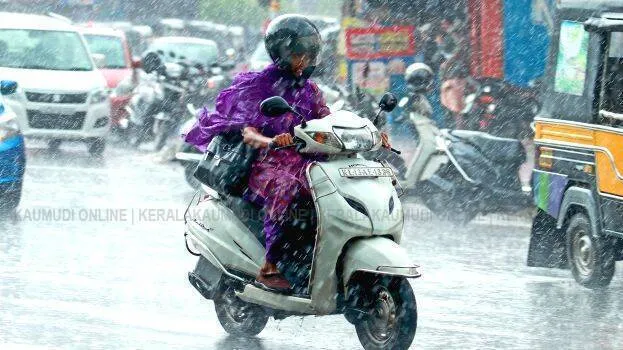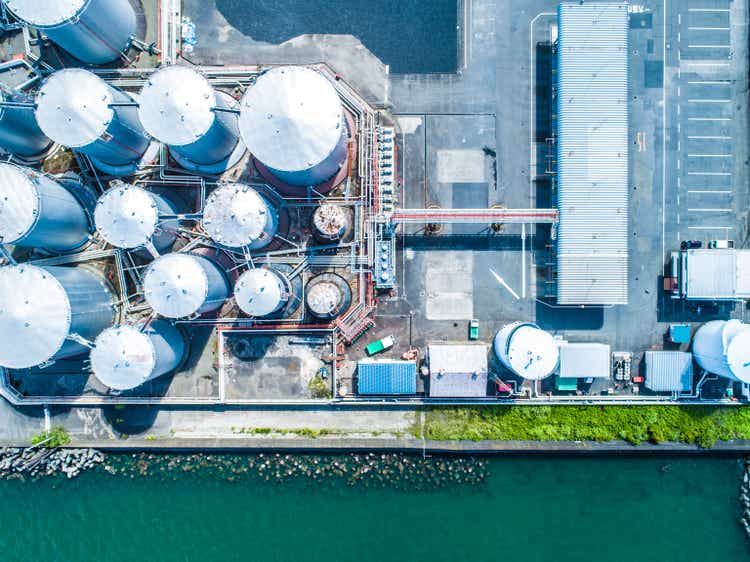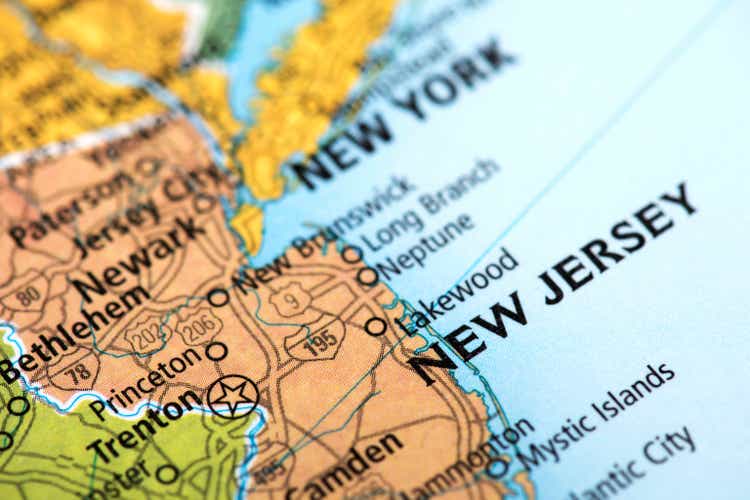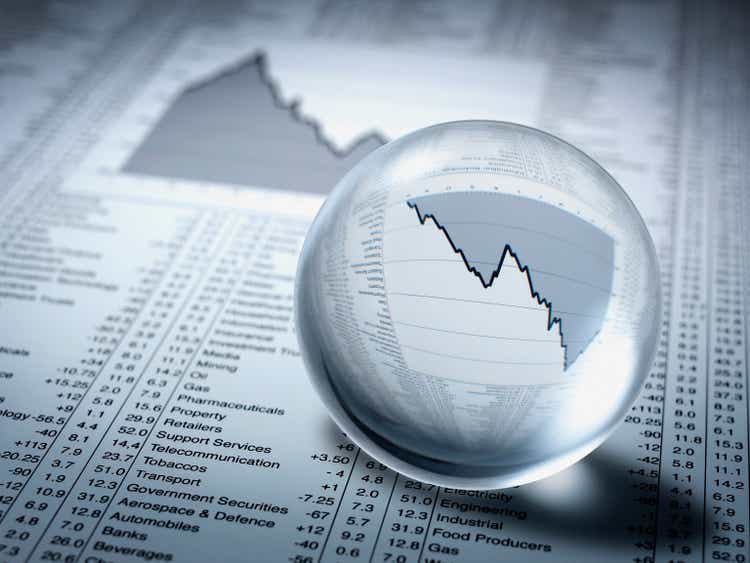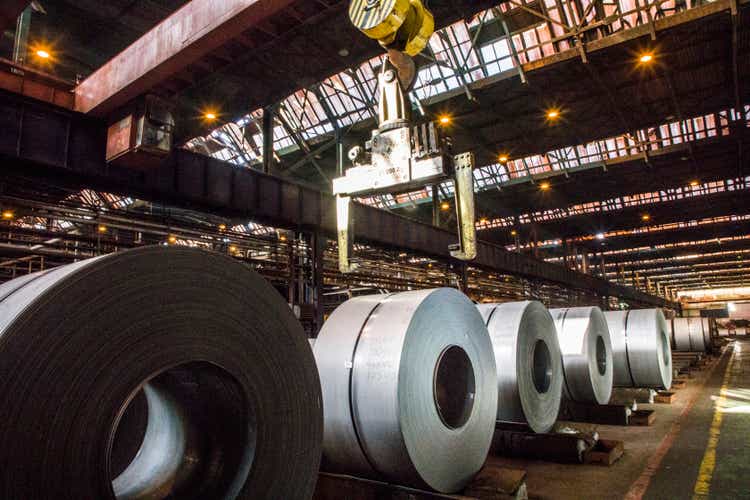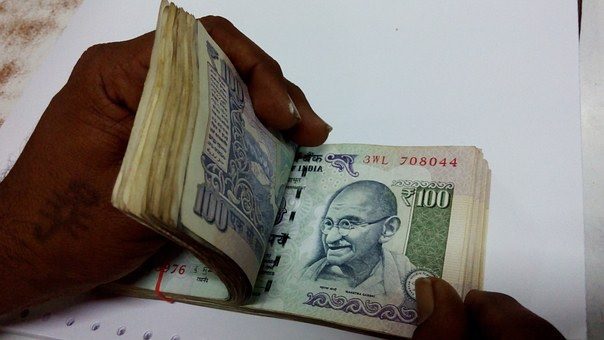
The aviation sector worldwide has been racing against time to reach net zero by 2050. According to the International Air Transport Association, the aviation industry produced 915 million tonnes of carbon dioxide in 2019, roughly 2% of global emissions. The Civil Aviation Authority of Thailand (CAAT) recently announced a target requiring Thai carriers usage of sustainable aviation fuel (SAF) to account for 1% of their total fuel consumption by 2026, gradually raising the proportion of SAF usage beyond that year.
With SAF becoming the key component, airlines remain concerned about its adoption, along with other pathways to be used to reach the global goal.  Why does Thai aviation need to speed up sustainability? Thailand is a member of the International Civil Aviation Organization (ICAO), an authority under the United Nations that governs aviation globally. Under the ICAO's long-term global aspirational goal, international aviation is targeting net zero by 2050, in alignment with the UNFCCC Paris Agreement on the global average temperature.
The goal is to limit temperature increase to 1.5 degrees Celsius above pre-industrial levels, which requires all stakeholders to work together, said CAAT director Suttipong Kongpool. Thailand also participates in the ICAO's Carbon Offsetting and Reduction Scheme for International Aviation (CORSIA), a global market-based measure to address carbon emissions from international aviation.
During the 41st assembly in 2022, the ICAO agreed to an even more ambitious goal, adopting 85% of 2019 emissions in accordance with CORSIA's baseline from 2024 to 2035, which was adjusted from the previous baseline set at the same level with 2019. Last year, at ICAO's third conference on Aviation Alternative Fuels, it set a global goal of 5% carbon reduction by 2030, banking on SAF and other clean energy.  What progress has been made on SAF consumption in Thailand? "In the coming decades, SAF will play the biggest role in reducing emissions by at least 50-60%," said Mr Suttipong.
SAF is liquid fuel made from feedstock, which can reduce carbon emissions by up to 80%. He said as airlines are mandated to use 1% SAF blend by 2026, the Energy Ministry also has to apply the policy across all aircraft refuelling stations. It could mandate all stations to supply 1% SAF fuel, or allow airlines to fill tanks with typical jet fuel if some stations still couldn't supply SAF, but they must compensate with more SAF refuelling when the next stations can supply, in order to maintain the 1% level.
"At present, the challenge for airline operators is that SAF costs 3-4 times more than jet A-1 fuel," he said. Some airlines in Thailand have already tested operating aircraft with SAF, including Bangkok Airways, which collaborated with PTT Oil and Retail Business Plc. Puttipong Prasarttong-Osoth, president of Bangkok Airways, said using 1% SAF blended fuel could impact the airline's expenses by 5%.
However, the airline would absorb this cost on its own, not passing this burden on to passengers to avoid impacting demand. He said the government should consider incentives or subsidies for operators in the industry to comply with the policy in the long term. During the first phase of CORSIA between 2024 and 2026, the Thai aviation industry needs to mitigate 3.
3 million tonnes of carbon emissions, said Yap Mun Ching, chief sustainability officer at Capital A Berhad. This costs US$80 million for carbon credits and $87 million for SAF, totalling over $166 million. For the second phase of CORSIA from 2027 to 2029, Thailand should mitigate 8.
2 million tonnes of carbon emissions through $323 million for carbon credits and $554 million for SAF, totalling $877 million. "We are very concerned as many of us are not really prepared for this," said Ms Yap. She emphasised the "very bad position" of Asia-Pacific aviation with a projection of 2024 net profit margin of only $1.
2 per passenger -- the second lowest among six regions in the world. If the region implemented a 1% SAF mandate, it will cost up to $1.90 per passenger, wiping out airlines' profitability.
This will impact their operations and expansion plans, as well as the growth of both the aviation and tourism industries, she said.  How has SAF production been ramping up? The Department of Energy Business has just completed a new oil plan draft and submitted it to the Energy Ministry. The plan promotes SAF based on the production capacity from potential feedstock and the readiness of the aviation sector.
For 2026, its SAF blending target is at 1%, rising to 2% and 3-5% in 2027-29 and 2030-32, respectively. The blending should reach 5-8% between 2033 and 2037. The department expects SAF production during the first four years would entirely come from hydrotreated esters and fatty acids technology using used cooking oil as the main feedstock.
Due to the limited supply of used cooking oil, alcohol to jet technology will assume the role afterwards, using molasses as the main feedstock. It also suggested a policy mandating producers to supply SAF, along with establishing an official working committee in charge of developing policy measures for the whole SAF supply chain. Its oil plan also proposed a policy package to incentivise producers, such as easing regulations for environmental impact assessment for SAF plants and exempting excise tax for synthetic blending components in jet fuel but implementing a carbon tax for jet A-1 fuel.
Over the next five years, it estimated 56 billion baht investment of SAF production in Thailand. Ms Yap said Thailand is very rich in alternative feedstock, which can be used to produce SAF, such as rice straw, sugarcane, palm oil residue and municipal solid waste. It needs more R&D investment across all feedstock types, along with capital investment in Fischer-Tropsch production technology.
 Are there other sustainable solutions besides SAF? Mr Suttipong said, apart from SAF, there are three other pillars. The first is the development of aircraft technology, including aircraft using newer sources of power and with higher energy efficiency. Mr Suttipong said as Thailand is not a manufacturer of aircraft, the government should focus on offering incentives or subsidies for operators to secure better aircraft.
Trends show airlines and original equipment manufacturers are gearing towards employing more efficient products. Thai Airways has confirmed an order for 45 Boeing 787 Dreamliner aircraft with GEnx engines from General Electric, which have less environmental impact. The second pillar is operation efficiency and infrastructure, including single-engine taxis, which many airlines have already adopted, using lightweight aircraft cabin equipment and fixed electrical ground power at the gate.
He added there is still a pressing need for Thailand to improve its air traffic management. In 2019, a peak year for aviation and tourism, Thailand recorded only 1 million flights, while some smaller countries can accommodate over 3-4 million flights annually. "Our airspace today looks like a road with opposite traffic sharing the same lane, causing flight congestion and delays," said Mr Suttipong.
The CAAT is calling for flexible use of airspace, including not dividing the fixed usage between commercial and military airspace and allowing flexible tracks, resulting in greater flight efficiency. The aviation industry also requires a market-based measure, which refers to offsetting and using carbon credits, which comply with the CORSIA scheme. According to Ms Yap, the price for one tonne carbon offsetting using SAF equals $750, while using carbon credits costs only $20.
The Thailand Greenhouse Gas Management Organization also launched the Thai Voluntary Emission Reduction Program (T-VER), a greenhouse gas emission reduction that can be sold for carbon credits. Its premium T-VER programme has already been submitted to the ICAO for conditional approval. If approved, they can insure for 90,000 tonnes of carbon emissions, although it's still far from the 3.
3 million tonnes required for Thai carriers in the first phase of CORSIA, she said..


